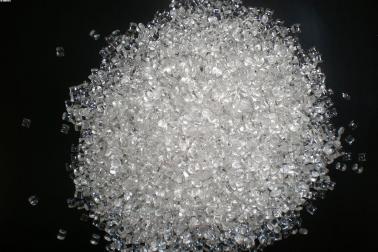
If ‘PET’ makes you think of soft and fluffy animals, think again. There’s another meaning. PET, or polyethylene terephthalate, is not the worst thing in our environment, but it’s not harmless or desirable.
PET, or polyethylene terephthalate, is not something you want around your kids, animals or indeed in any green home, but it’s in lots of products,
most notably plastic containers. For green holidays, beware of throwaway plastic goods in general because of their poor biodegradability. Being aware of the additives such as PET and their effects on health and the environment is the smart lifestyle choice.
PET is a polymer plastic resin that is all around us in the products we buy. It’s widely used in synthetic fibers and in the plastic containers that all of us have come to rely on on a daily basis. If you avoid synthetic fabrics in favour of organic materials you’ll have avoided some PET, but it’s most prevalent in plastic bottles and similar containers. Plastics containing PET should be labelled according to standard regulatory procedures, with a number 1.
Most of us have become accustomed to the idea that plastics are reusable and recyclable. Some plastics are. Some need to be treated with caution. PET has its place – but with significant limits. PET is a good barrier material, which makes it a good choice for manufacturers packaging products that need to be impermeable to oxygen (such as soda drink bottles). When reinforced, or treated further in various ways, PET is also an effective thermal material for food packaging, insulating space blankets and many other products.
PET is by no means the nastiest substance out there. It doesn’t contain BPA (bisphenol A), one of the more worrying plastic additives. It can even be effectively recycled. That doesn’t mean it’s all good news. There are still some doubts about there about what can leach from plastic food containers into our food, especially if micro waved. Some plastics have been rigorously microwave tested by the FDA and declared safe. You need to check your plastic containers and be aware of plastics that aren’t up to speed for particular purposes.
Soda bottles and similar disposable containers weren’t made for reuse and ideally should not be reused. That’s bad news for those of us who like to recycle plastic goods instead of just sticking them in the garbage. Plastic containers that include PET in their component profile won’t kill you outright, but they are vulnerable to bacterial build up, and if you do reuse them they should be very rigorously cleaned.
PET bottles and containers are best not reused for food storage, because they may leach out the toxic metallic element antimony. The quantity and the risk are small, but when there are greener, healthier alternatives, why gamble with your health? Plastics can play a role in green lifestyles, but where safer, greener alternatives are available it makes sense to look elsewhere. PET alternatives are available, and we all need to know what that number 1 on our plastic products really means.

